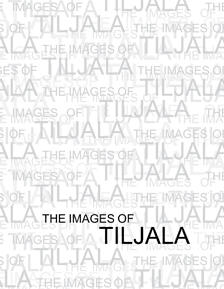The Image of Tiljala
transformation of a slum to a (lower) middle income neighborhood

Students: Priscilla Schädler, Grete Soosalu
Location: Group work in Kolkata
Date: November, 2008
Type: Research project, student work, The Image of Tiljala
Background
What is the history of Tiljala? Informal settlements are usually represented as areas of pure misery without any distinction or character. They are not thought of as containing different neighborhoods, nor having preferred or privileged areas. It’s residents are reduced to purely suffering beings, lacking any individuality, identity or culture. A vast and homogenous area of deprivation without any heterogeneity or diversity. Even if maybe intended in a caring (i.e. attention-raising) way, this disregard of difference robs the inhabitants of their individuality and therefore of one of their last assertions of a humane life.
Themes
Tiljala had been one of the largest slums of Kolkata that has since developed into an area populated with lower-income inhabitants. Originally housing refugees coming from Bangladesh and exhibiting very precarious conditions of urban life, it has continuously been upgraded and has now reached a level of a lower middle class neighborhood.
Project
Describe the settlement of Tiljala in all its differences, and its process of growth. Where do the residents of Tiljala come from, what demographic and social groups are they from and what cultures exist in Tiljala? Are people of similar origin settling in the same areas of Tiljala, or does a mixture of cultural or ethnic heritage occur, as is maybe one central characteristic of urbanity? Are there preferred areas and locations in Tiljala, that people try to move to? Is there an middle-class section? Rich families? Do residents move from one area of Tiljala to another? Do they have second residencies in other parts of the city or the country? Are there schools which are preferred, shops which attract many costumers because of the quality of goods, transportation systems which facilitate movement? What is the structure of land ownership in the settlement? What is the history of Tiljala? Which parts are the oldest, which parts are growing fastest? What are the proposals and masterplans that have been developed for the settlement? Could Tiljala be a model of how slums can transform into (lower) middle-class neighborhoods? What has happened to the original population? Have the people remained with the neighborhood being upgraded, or has the neighborhood become the living quarter of a different part of the society, with the original inhabitants being pushed out even further into newer slums?
Download the Book PDF

